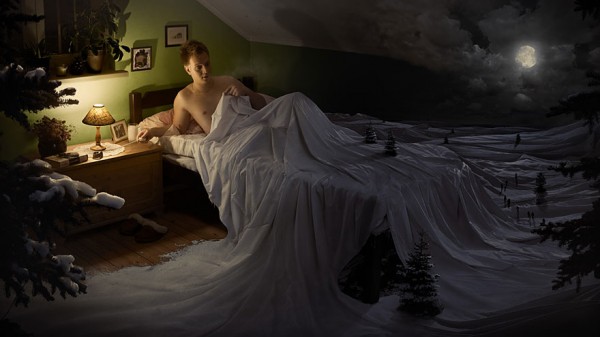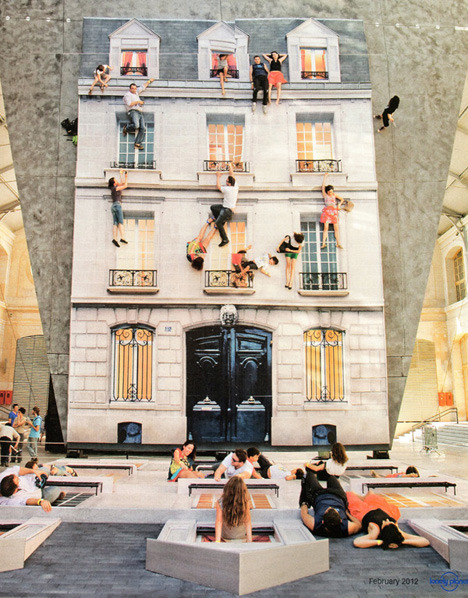Old-y Ops
By E^3J
As you can tell from the many fabulous works from the pages before this Art Column, this month’s theme is Smoke and Mirrors. A theme of deception and deceit, now what kind of art can show a Slytherin’s most best ability to deceive.
Optical Illusions of course!
They are things that deceive the eye by appearing to be other than it is. Perfect for Slytherins like us!
Recently, modern art had up-ed it’s optical illusion game with fantastic artists like Eric Johansson, Leandro Erlich, and many more!


However, we must go back in time to learn more about the origins of deception within art.
Marcel Duchamp, Salvador Dali, and M. C. Escher were the big old champs of optical illusion art. Even with the sepia and monochrome colors, these three found ways to awe the public.
Marcel Duchamp came from a family of artists, and most of his siblings were painters, sculptor, or printmakers. He was a rebel and refused to follow the “retinal” art his fellow artists were doing, and went his own way to show what art was.
This man was the creator of rotoreliefs. These are a set of 6 double sided discs meant to be spun on a turntable at 40–60 rotations per minute. The two-dimensional rotoreliefs will create an illusion when spun at the correct speed.

It looks like thee old hypnotic circles and a person drones on, “You’re are getting sleepy…” But are you?
Salvador Dali is a more well-known figure when it comes to stunning optical illusion paintings.
Salvador Domingo Felipe Jacinto Dalí i Domènech, Marqués de Dalí de Púbol, known to most people as Salvador Dalí, was a prominent Spanish surrealist painter. His father was a lawyer and somewhat disapproved of Dali’s approach to art, however, he was tempered down by his wife who approved of such.

Fantastic isn’t it?
M. C. Escher looked more into making art that dealt with mathematical works and operations.
Maurits Cornelis Escher, or more commonly known as M. C. Escher was a Dutch graphic artist who made mathematically inspired woodcuts, lithographs, and mezzotints. In the beginning of Escher’s career, he got inspiration from nature, making notes of insects, landscapes, and plants such as lichens, which were all used for details in his artwork.

He also often experimented on infinity in his works, such as the following above.
That will be it for this month’s issue of the Art Column! Hopefully, you have been impressed or even, maybe, bamboozled by the wonderful and tricky optical illusions above.
See you in the next issue!
-E^3J